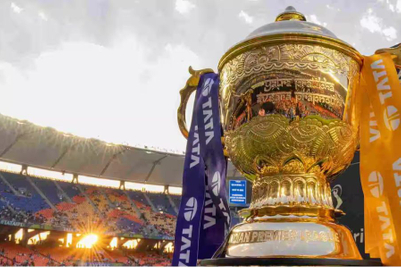
The Asia-Pacific sportswear market continues to be dominated by Nike, adidas and Puma. Unsurprisingly, the focal point for all three brands has been China, a market Utku Tansel, Euromonitor International's global head of clothing says is far from being fully exploited by international brands.
Nonetheless, the three global giants face a significant challenge in China in the form of domestic powerhouse Li Ning, which, although primarily a mid-market brand, is gaining credibility on a more premium level as a result of its recent overseas expansion efforts.
"The Chinese masses love the brand because it is an authentic local brand that is shining on the global stage," says Angie Wong, group brand director at Leo Burnett Shanghai. While Li Ning's global presence is still relatively small, it has managed to move beyond China's borders, having recently opened a store in Singapore.
To further build its profile, the brand is exploring new territory in terms of sponsorship. "Before 2009, no sports brand had marketed badminton as a key sporting category," observes Wong.
However, having been an Olympic sponsor, adidas has also built a strong profile in China, despite its status as a foreign brand. It has also added interest to its proposition across the region by customising its offering to consumers. "adidas is tremendously committed to its growth in Asia-Pacific," says Ian Thubron, vice-president TBWA Asia-Pacific. "The position of the brand has become stronger and stronger, notably in China. In Japan and Korea, the brand enjoys high awareness and aspirational appeal-developing innovative products and services such as My adidas, which designs footwear for individual consumers."
Thubron cites the example of adiZero, a training shoe designed specifically for the "Asian foot". Glen Murphy, head of regional client leadership at Nielsen, predicts that brands like adidas and Nike will increasingly introduce "more up-market" product ranges to appeal to more discerning consumers, at the same time as expanding their presence in less developed markets such as Vietnam.
Overall, marketing strategies are still heavily reliant on traditional media channels, but there are increasingly exceptions."The least effective media may very well be the traditional ones," states Wong. "Li Ning's target is young adults and given that nowadays young adults do not spend as much time on traditional media, Li Ning puts more emphasis on digital and interactive media to reach and communicate with its consumers."
In Japan meanwhile, adidas capitalised on a recent 'running boom' by offering consumers expert guidance in developing training schedules based on their needs, in an initiative developed with PR firm Blue Current Japan.
According to Gary Wise, communications planning director at ZenithOptimedia Asia-Pacific, who works closesly with Puma, use of digital media is on the rise."We [at Puma] engage our target consumers by telling them interesting stories through multiple touch points. Digital is clearly a great way for us to do this, hence our continued investment in online and mobile. Equally, experiential marketing is an ever-increasing component; it delivers extended consumer involvement and great depth for our brand."
On and offline, the inclusion of celebrities in advertising is still broadly evident among the leading brands. "The most common strategy among key players is associating their products with popular sports celebrities," says Tansel. This is unlikely to change, given the power of celebrity in the sporting arena. But judging by recent activity, Asian consumers can expect a more personalised approach from brands going forward - both in terms of marketing communications and products.
Top 10 sportswear
1 Nike
2 adidas
3 Puma
4 Reebok
5 Li Ning
6 Mizuno
7 K2
8 The North Face
9 Yonex
10 Asics
This article was originally published as part of the 2010 Top 1000 Brands report.









